Ammofoska is an artificially created mineral mixture of nutrients for the full growth and development of plants. This compound is absolutely harmless to humans, used as a full-fledged fertilizer or as an additional top dressing. The granular form promotes the gradual absorption by the roots of trace elements, increasing their duration of presence in the soil and the effectiveness of the impact.
Material Content:
Ammofoska: beneficial properties for plants
Many gardeners are afraid to use chemical additives, unreasonably believing that they can harm plants and their health. On the contrary with a lack of potassium and phosphorus in the soil during budding and fruit formation, plant roots actively absorb nitrates, which accumulate in the vegetative parts, including fruits, ammofoska prevents this process.
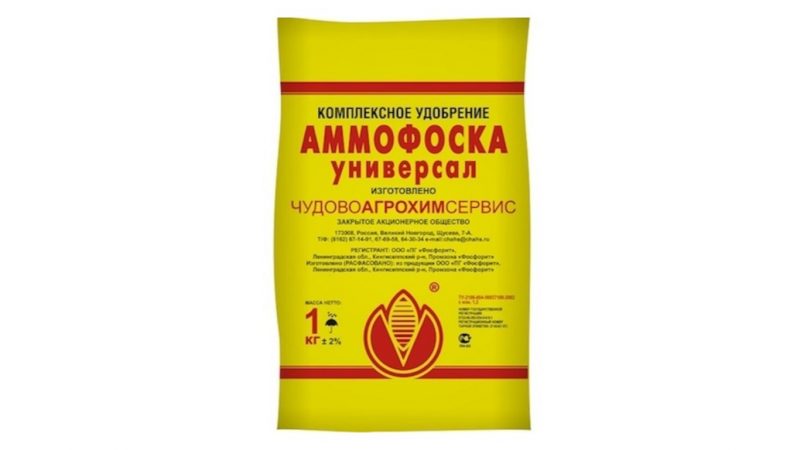
The use of this fertilizer:
- enhances the resistance of plants to diseases and the vicissitudes of the weather;
- positively affects the vegetation: new leaves, shoots appear, the culture becomes strong, lush;
- increases the quantity and quality of flowers and fruits: the content of proteins, carbohydrates, vitamins is in the right ratio;
- the shelf life of fruits and root crops increases.
When making ammofoski, the general condition of the soil improves, fertility increases. The complex is not toxic, therefore it is approved for use in closed ground.
Fertilizer composition
Ready-to-use product is a dense small granules up to 6 mm gray. The chemical formula of ammofoski:
(NH4) 2SO4 + (NH4) 2HPO4 + K2SO4
shows that the composition does not contain aggressive chloride and sodium compounds that are harmful to the body.

The name indicates the presence of three main minerals:
- nitrogen 15% (presented in the form of ammonium sulfate) - this is one of the main nutrients for all plants involved in the formation of proteins, enzymes, chlorophyll, nucleic acids, vitamins necessary for the growth of vegetative parts;
- phosphorus 15% (ammonium phosphate and potassium phosphate) is an equally important element of energy supply, it is necessary for intensive root growth, strengthening plant endurance, accelerating development, stimulating flowering and fruit formation;
- potassium 15%(potassium sulfate) - an essential element of nutrition, maintains water balance, promotes the formation of sugars in fruits, participates in strengthening immunity, increases the number of ovaries and the development of fruits, improves their taste;
- sulfur 14% - Helps to pass nitrogen into the form assimilated by plants.
In addition, calcium (0.5%) and magnesium (0.5%) are present - indispensable substances in metabolic and redox processes, photosynthesis, which improve the structure of the soil. It is not hygroscopic, the water content in the granule is 1%, but it is soluble in water, does not cake, but requires airtight packaging due to the volatility of nitrogen compounds.
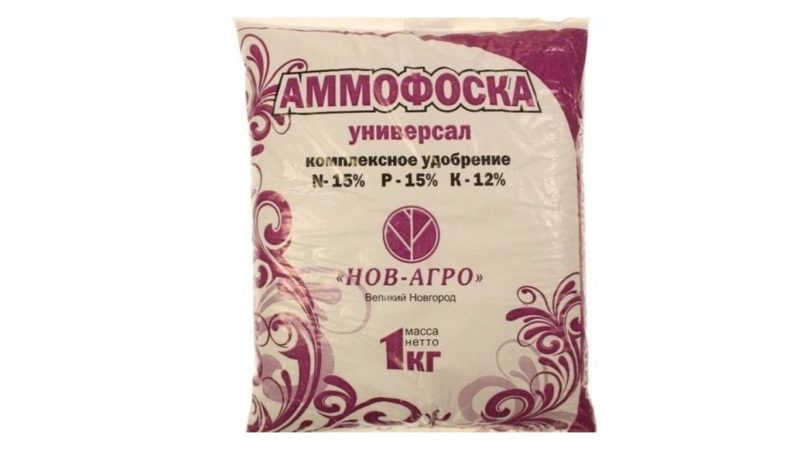
The minimum amount of ballast elements, a high concentration of nutrients make up a smaller volume and physical mass relative to such fertilizers, bringing the ammophosque a significant advantage and economic superiority.
The content of a balanced number of components makes the ammophoska versatile, used on any soil, especially sandy and clay, in areas with arid climates, as well as peat and swamp lands.
What plants can be fertilized with ammofoski?
The uniqueness of the ammofosk fertilizer allows it to be used by gardeners and gardeners on private plots and farmers of large farms for all crops without exception, achieving excellent cultivation results, increasing productivity by 20-40%, ensuring the keeping quality of products, improving presentation and taste.

Examples of some effective actions on plants:
- potatoes - more effective than organic fertilizers, due to the speed of exposure to the plant, early ripening and an increase in the number of tubers occur, the presence of potassium improves palatability, increases the shelf life, economical (2.5 kg per 100 m2 is enough), not laborious (pour into a hole or furrow with landing);
- beet - it is saturated with beta-cyanine (a pigment that colors it in burgundy color), which is an antioxidant and anti-inflammatory agent, the amount of sugars in the fruits increases, which is important for growing sugar beets (5 kg per 100 m2);
- garlic - only mineral fertilizers are applied to the culture: ammofoska - in the fall of 50 g / m2 before planting; in the spring, during planting –80-100 g / m2; during the growing season, spraying is useful;
- cabbage - very demanding on nitrogen and potassium, ammofoska contributes to juiciness, tillering of leaves, early fastening of heads of cabbage, prevents the formation of "keel"; dry granules are introduced into the soil before planting, liquid seedlings are used for fertilizing, and dry applications for plants are used during vegetation in open ground;
- greenhouse vegetables: Tomatoes, peppers, cucumbers, eggplants respond well to top dressing even in seedling age, get stress resistance. Before planting, scatter granules in ridges, rob, shed water; when planting seedlings - 1 h / l per hole; adult plants increase endurance, fertility, if during flowering and the formation of ovaries, pour a solution of 3 tbsp. / L into 10 liters of 1 liter under a bush;
- fruit trees - helps to strengthen skeletal branches, plant flower buds, ripening, preservation of fruits, improves taste, winter tree wintering; the agrochemical is laid deep into the ground by means of pits, about 30 cm deep, 50 g each under a young tree (up to 5 years old), 100 g under an adult tree (from 6-7 years old);
- berry bushes - increases the number of berries, increases their vitamin and mineral composition, contribute directly under the bush;
- cereal (wheat, rye, barley, oats) - contributes to the ripening of the ear, increases the amount of gluten (vegetable proteins, prolamins and glutelins), which are responsible for the elasticity and elasticity of the dough, which have nutritional value in other applications, linking minerals and vitamins to strengthen the body.
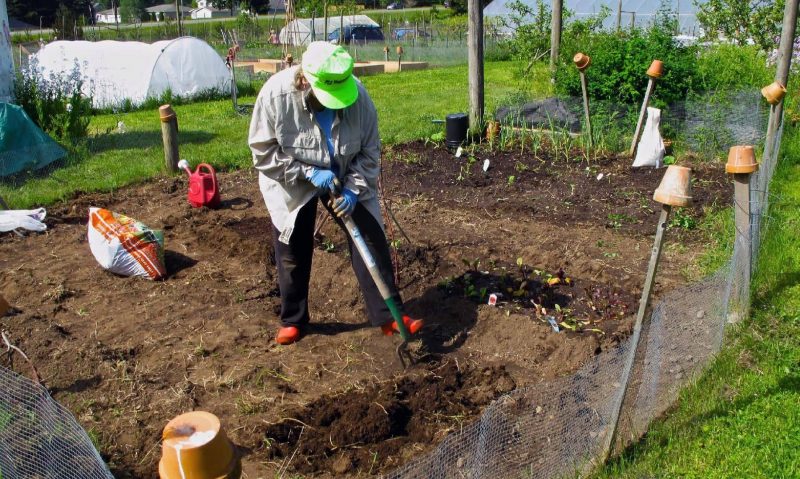
Excellent response to the introduction of ammofoski Ornamental plants and herbs. Flowers bloom longer and brighter, like all plants, are less affected by pests and diseases (10-20 g / m2), herbs (alfalfa, clover, lawns) become thick and juicy (15-25 g / m2).
The compactness of manufacture, high solubility in water, the safety of the composition, normally applied to the plant, which does not require long preliminary preparation, such as manure, will save many problems when growing plants, saving time, money and time.
Instructions for use - application rates
Fertilizing the ammofosk fertilizer, which helps the plant throughout the entire life cycle, brings invaluable support, but can also cause considerable harm to both the plant and the soil, acidifying it if the concentration of substances is exceeded. For each type of plant, the norms are individual, calculated according to the composition of the soil and the time of application.

The approximate amount of fertilizer for popular plants on soils with normal acidity.
- Row crops (vegetables, root crops) - 20-30 g / m2.
- Buttocks, ornamental plants, herbs –15-30 g / m2.
- Cereals, legumes, oilseeds –15–20 kg / ha.
- Fruit trees - 50-100 g under a tree.
There are many ways to introduce an agrochemical into the soil. Dry granules are necessarily embedded in the ground, otherwise nitrogen will evaporate. Dissolve in warm water (phosphorus does not dissolve in cold), mix gently, filter the solution for use in sprinklers. The use of ammophos is possible year-round, it is frost-resistant, but gardeners prefer the first spring application in melting snow, dissolving with it, the fertilizer is drawn into the ground, saturating her.

The following dressings are carried out several times during the season, taking into account the individual characteristics of the plant, with obligatory incorporation into the soil (dry granules), it is advisable to apply the solutions in the evening after rain or watering the soil, as well as spraying.
In autumn, fertilizing the soil with ammophos is not recommended - it promotes vegetation, interferes with the ripening of fruits, plants do not have time to prepare for wintering, and provokes the growth of weeds.
Fertilizer is used to make the plant-mineral complex, adding granules to compost.
How to apply ammofosk on different types of soil?
There are no restrictions on the use of ammophoski for various soils, but its effect on the acid-base balance is still observed.
Use on sod-podzolic soils involves autumn pre-liming or, in extreme cases, joint use, for example, first introduce dolomite flour, and then ammophos, the initial acidification of the soil is typical.

Common, southern, carbonate-rich chernozems saturated with bases further enhance the impact of the mineral complex.
Ideal chlorine-free ammofoski recommended for use on saline soils, chestnut, gray soils, in dry climates, where plants need high nitrogen content in the soil, phosphorus-potassium balance.
Compatibility with other top dressings
Many gardeners to save time combine various dressings. It is important for plants to receive timely and balanced nutrition. Combining incompatible components in the best case, the plants will not receive the necessary substances, and in the worst they will die.
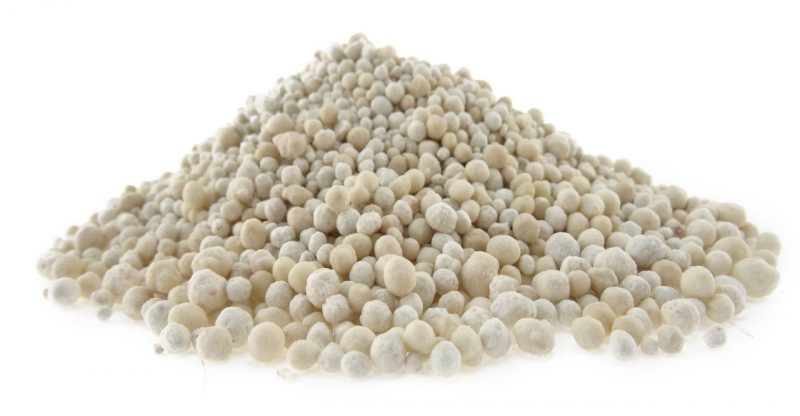
Another advantage of the ammofoska is its compatibility with almost all mineral fertilizers except alkaline - this is well-known ash, tomshlag (a waste of the metallurgical industry with a large amount of fluorine), calcium and sodium nitrate.
Combining these top dressings, a large loss of nitrogen occurs, and phosphorus compounds become inaccessible to the plant.
Precautions for use
Dry granules or an aqueous solution of ammofoski belong to hazard class 4, are practically non-toxic to external influences, but can be irritating to the mucous membranes of the eyes and respiratory tract, causing skin inflammation.
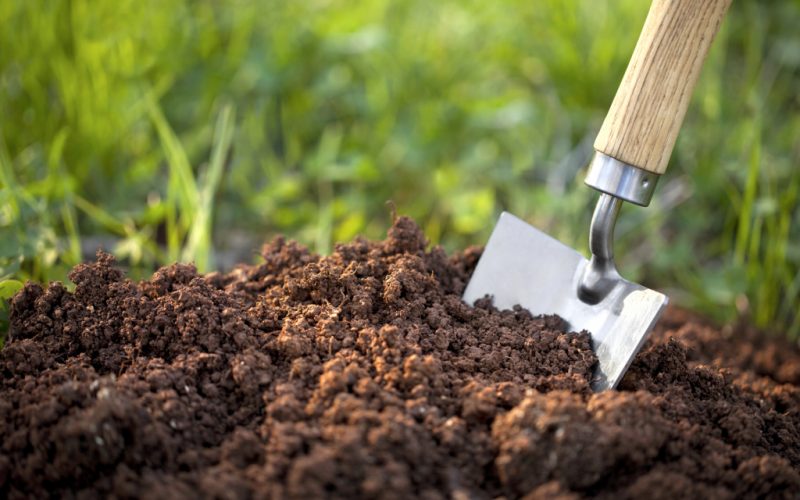
Compliance with safety rules will prevent negative consequences.
- When using a loose form, dust particles can be separated: use glasses to protect your eyes, protect your respiratory tract with a respirator or gauze bandage, the dense fabric of your work clothes will protect your skin, and your hands - rubber gloves.
- When using an aqueous solution through a spray, be sure to use waterproof fabrics and a hood, glasses, a respirator, rubber gloves. Use this feeding method for open ground only in calm weather, make sure there are no animals nearby.
If substance has got on the skin or mucous membranes of the eyes, rinse immediately with plenty of running water.
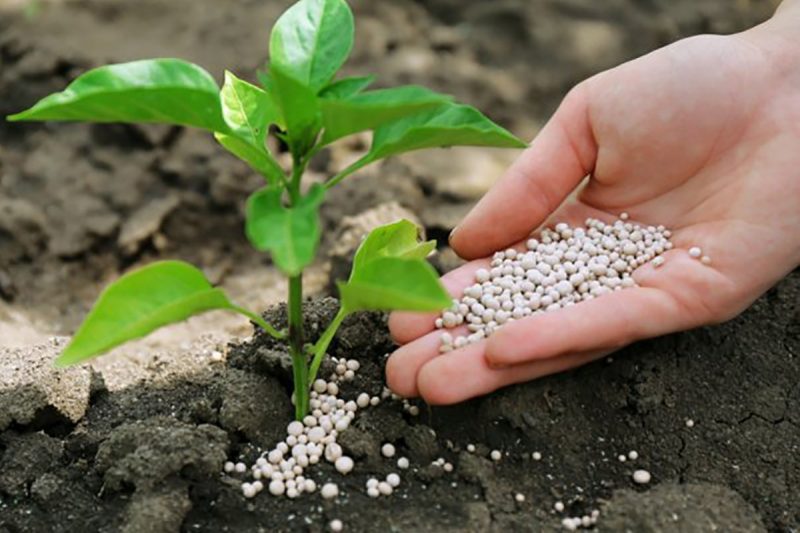
If it gets into the respiratory tract or inside, drink 1 liter of warm water, induce vomiting, take a sorbent (activated charcoal, enterosgel), immediately consult a doctor.
The remainder of the substance should be stored in a glass or plastic container with a tight lid.
Observing safety precautions, the ammofosk fertilizer will serve as an excellent fertilizer for plants that delight owners with an excellent rich harvest and aesthetic appeal of decorative plantings.












